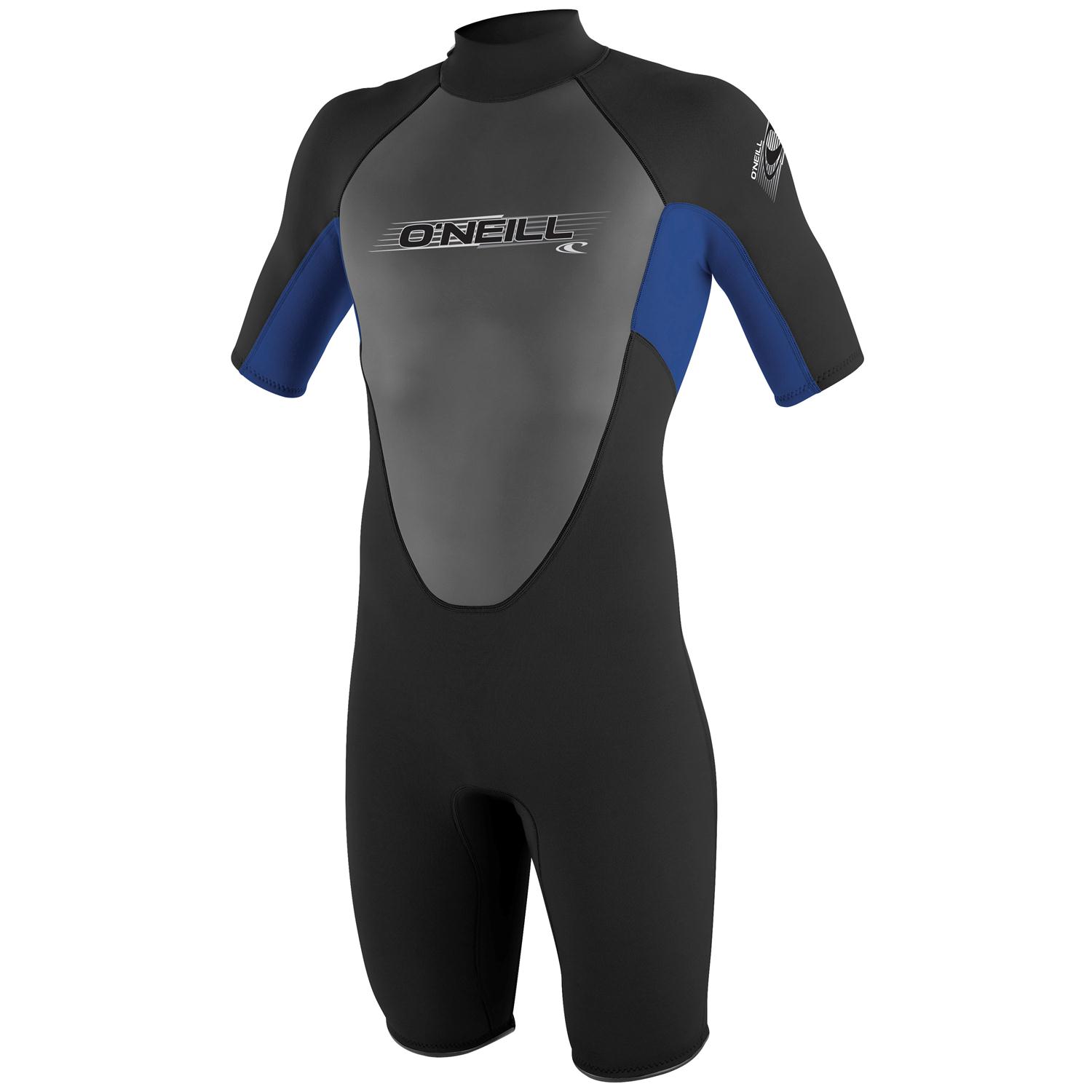Using current technology what would be the harshest environment humans could survive in.
This could include other planets in our solar system even though we may not have the technology to get there.
What more can I say? Well, I can say that the old adage about “don’t look directly at the Sun” is vital in space, because the contrast between direct sunlight and the blackness of shadow is enormous. And I can talk about minimal protective equipment for harshest environments. The four items of equipment useful for a mobile human in an extremely harsh environment are: breathing equipment, thermoregulation/anti-vacuum, eye protection, and anti-gravity.
1. Breathing equipment. Keep in mind that a cylindrical bottle shape is far from optimal. The second image is a mini rebreather that extracts CO2 from exhaled air.

2. Thermoregulation / anti-vacuum. I’ve mentioned the Finnish felt hat above, that’s good for high temperatures up to 160 degrees C. A wetsuit/drysuit can act as thermal protection & anti-vacuum as well as anti-corrosive-atmosphere. Explorers in coldest climates use multiple layers of fur / fibres that trap air.


3. For eye protection I’d go electrochromic/LCD, the same crossed-polarization technology used in digital watches, rather than sunglasses (can’t see in shadows) or photochromic/transition lenses (dangerously slow to act). In some extreme environments consider eye protection against dangerous gases.

4. For anti-gravity in a high gravity environment, well, a walking frame seems to be the preferred technology on Earth. It’s a seat, carrier and walking support and is light-weight enough for climbing over rough terrain. For further distances, an off-road vehicle.
